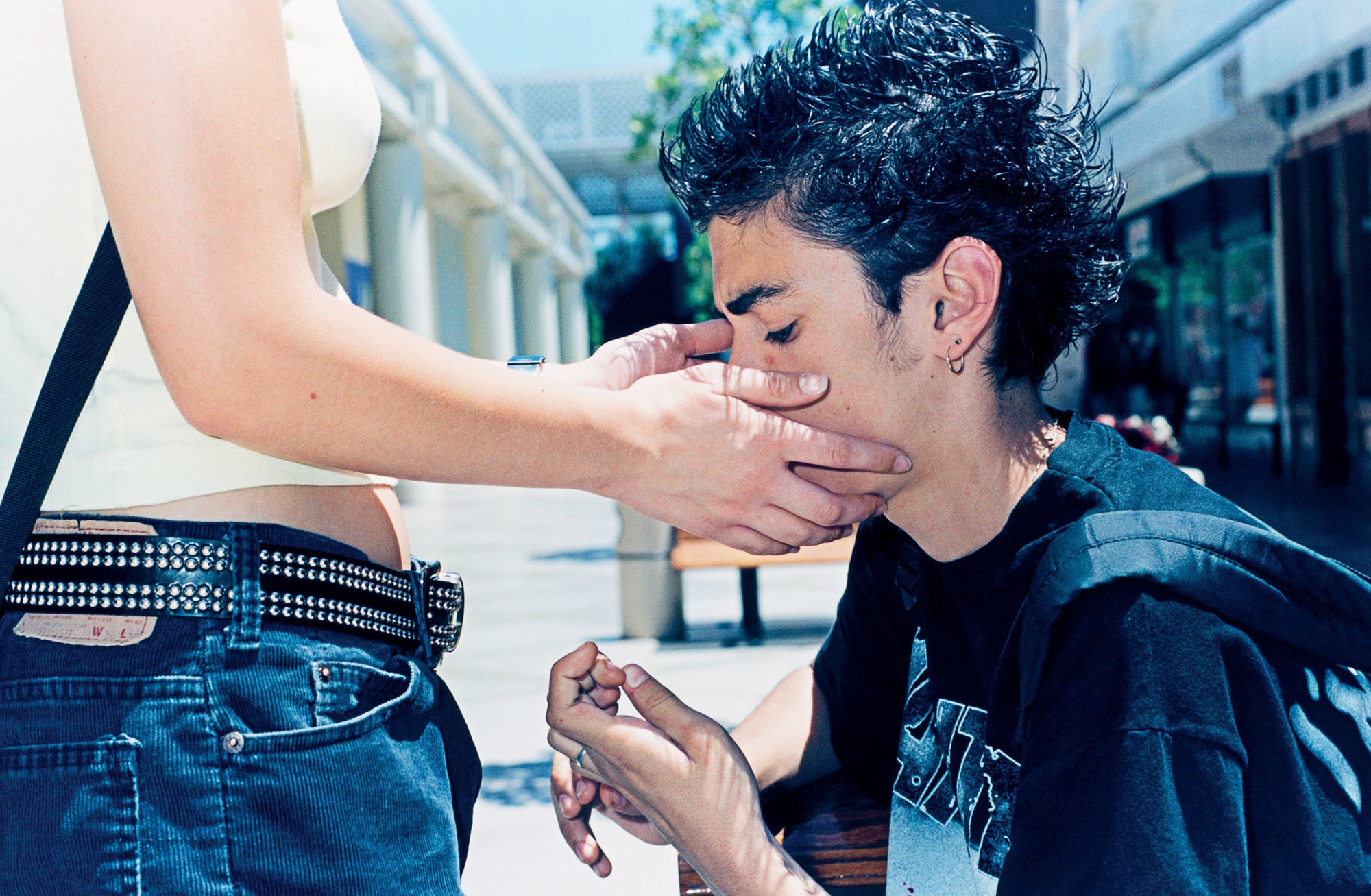Werner Amann’s work is a visual feast of America’s cultural landscape. The first photographs he took in Los Angeles were in 1997, and remained unpublished until now, although they seem more relevant than ever in today’s image (over) sharing society. Surf Fiction collates those pictures from 17 years ago together, with comic-book panache, overlaying typography with CCTV style video stills, Ford Mustangs and cut outs of low-flying jet planes. “I like to think Surf Fiction is my most academic work even if it doesn’t look like it. The initial concept was to relate social reality to media culture,” Werner told i-D.
The books documentary style photography is juxtaposed with the city’s visual obsession with glamour; images of perma-tanned peroxide blondes, sweat-glistening and shirtless men, cigarettes, sun-scorched hills, scarlet stilettos, neon signs and gorgeous beach babes litter its pages. Since the mid-80s Los Angeles has fascinated the world as a place without distinct ancestry, without a city centre, but filled with people chasing their dreams and swathed in a façade of hope. “Even though it is about an image bound culture, to me it’s important to also have some kind of directness or physicality,” Werner says of his subjects, “the people shouldn’t all just appear as clichés, they should also be real people. For me it was important that I went for long walks and took all the pictures in true documentary fashion, so that it’s not just a cold, conceptual statement but also a visceral one.”

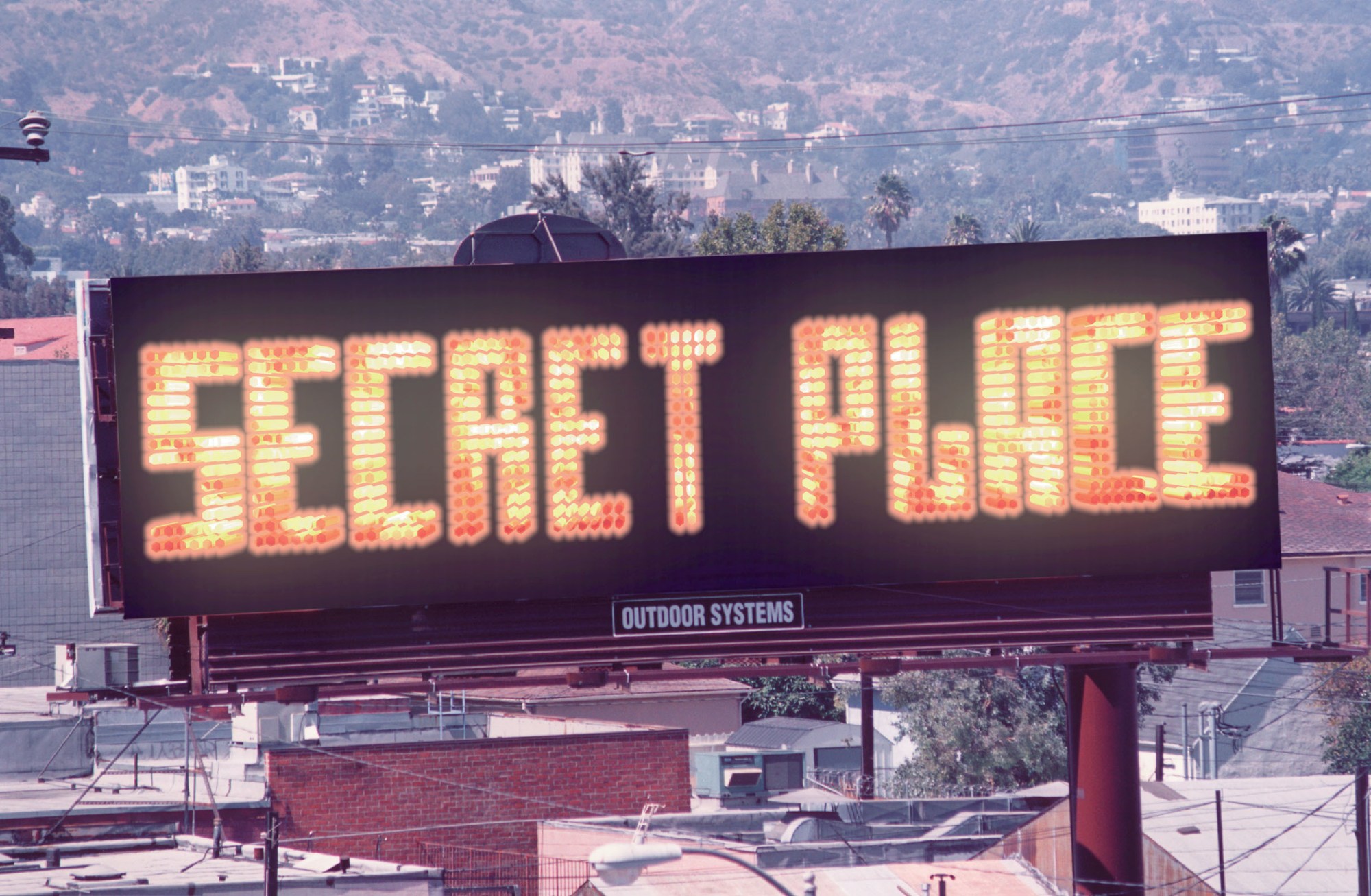
The LA natives appear on each double-page spread as individuals, chanced upon by Werner on his travels and captured at face-value, but as a whole, Surf Fiction is a visual representation of the sexy, dreamy myth of Los Angeles, as well as a reflection of today’s internet, image-bound culture, “In ’97 there wasn’t really any internet culture, no Facebook etc, but I would say that something that was happening in LA and California in the late 90s has now conquered the world, and digital culture is one part of that.I think the world has become a bit more like LA (since I photographed Surf Fiction)… All of that has just increased and is even more hyperventilating and I think because of that, it’s still relevant or fresh. It uses a concept that has just grown,” Werner explains of how the culture he noticed emerging in late 90s LA has encroached on the rest of the world today.
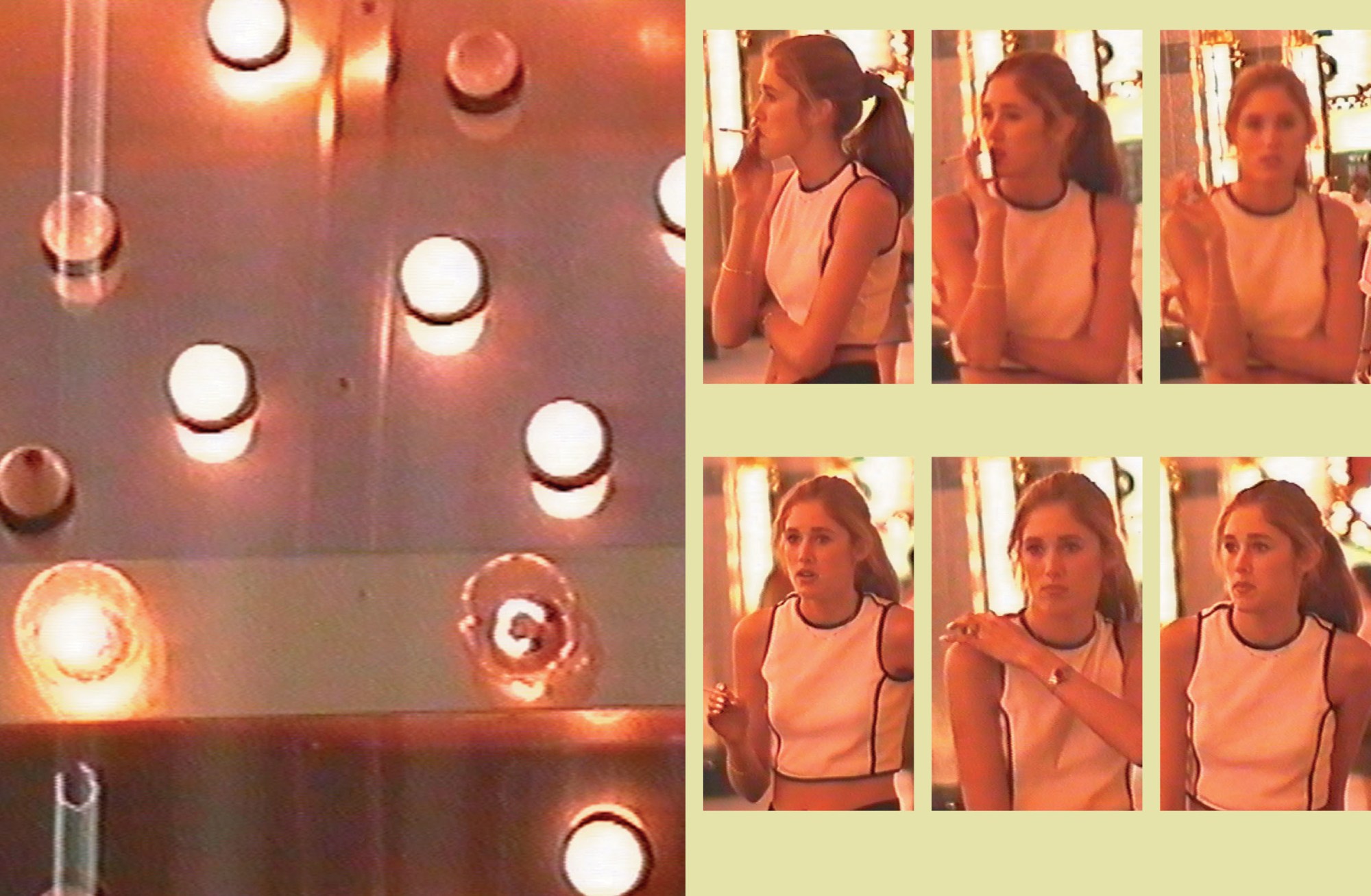

So is LA still the City of Dreams? “For me to say whether LA is “good” or “bad” would be totally contrary to my intentions,” Werner comments on the juxtaposition of the artificiality presented in Surf Fiction, with the allure of it’s characters. “I went there very curious and fascinated. That allowed me to be driven and take a lot of pictures, but I over-exaggerate it and I guess it’s open to interpretation whether the artificiality is fascinating, or too much. I’m not the first photographer to use this analogy but I like to think I’m coming from another planet, and just record everything in this fascinating, strange, sometimes beautiful, sometimes a bit sick place of Los Angeles. I like the place. I’ve always been inspired by it, but it’s a contradictory place.”
There are 300 copies of Surf Fiction, signed and numbered, available from White Press.
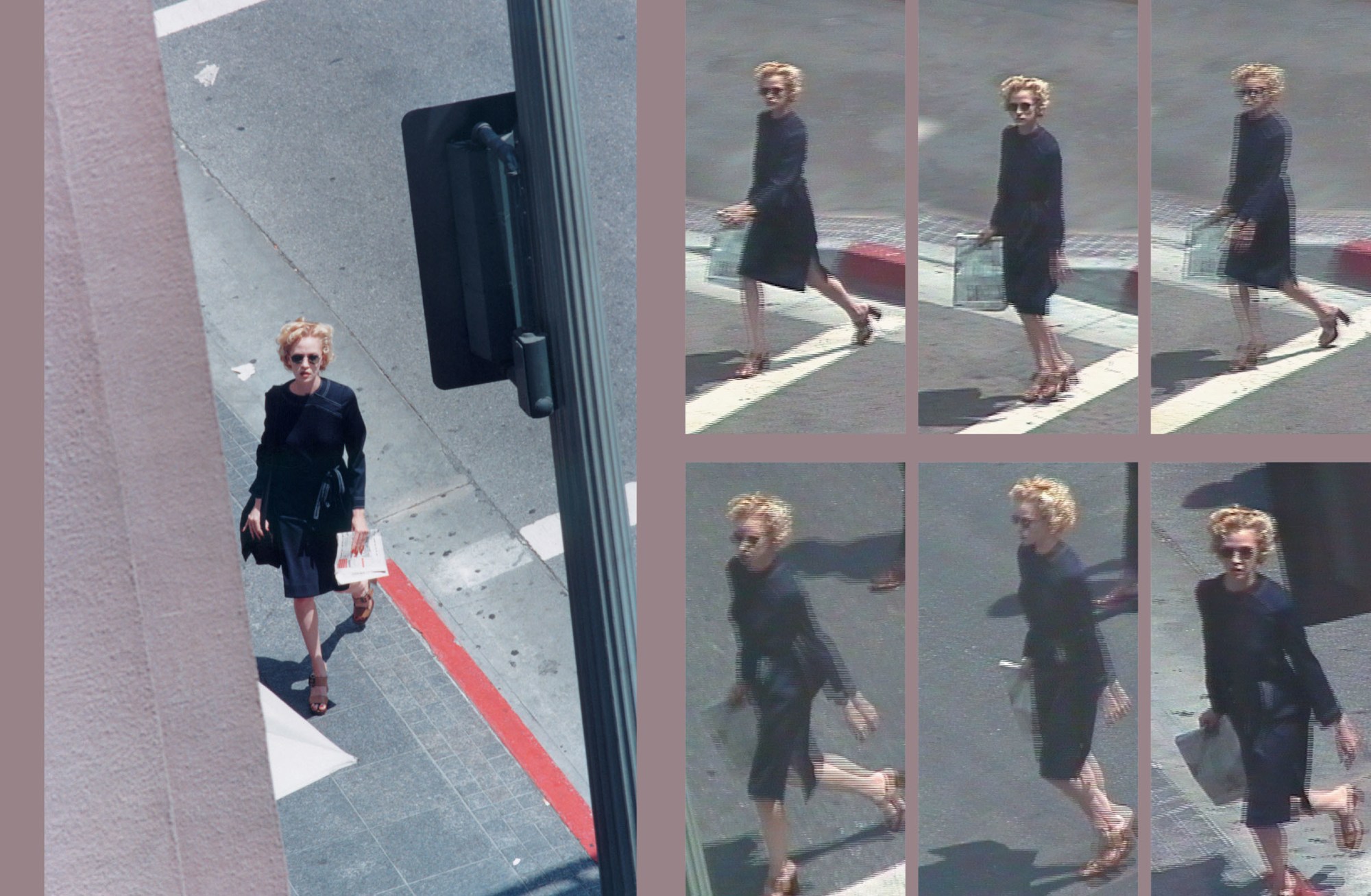
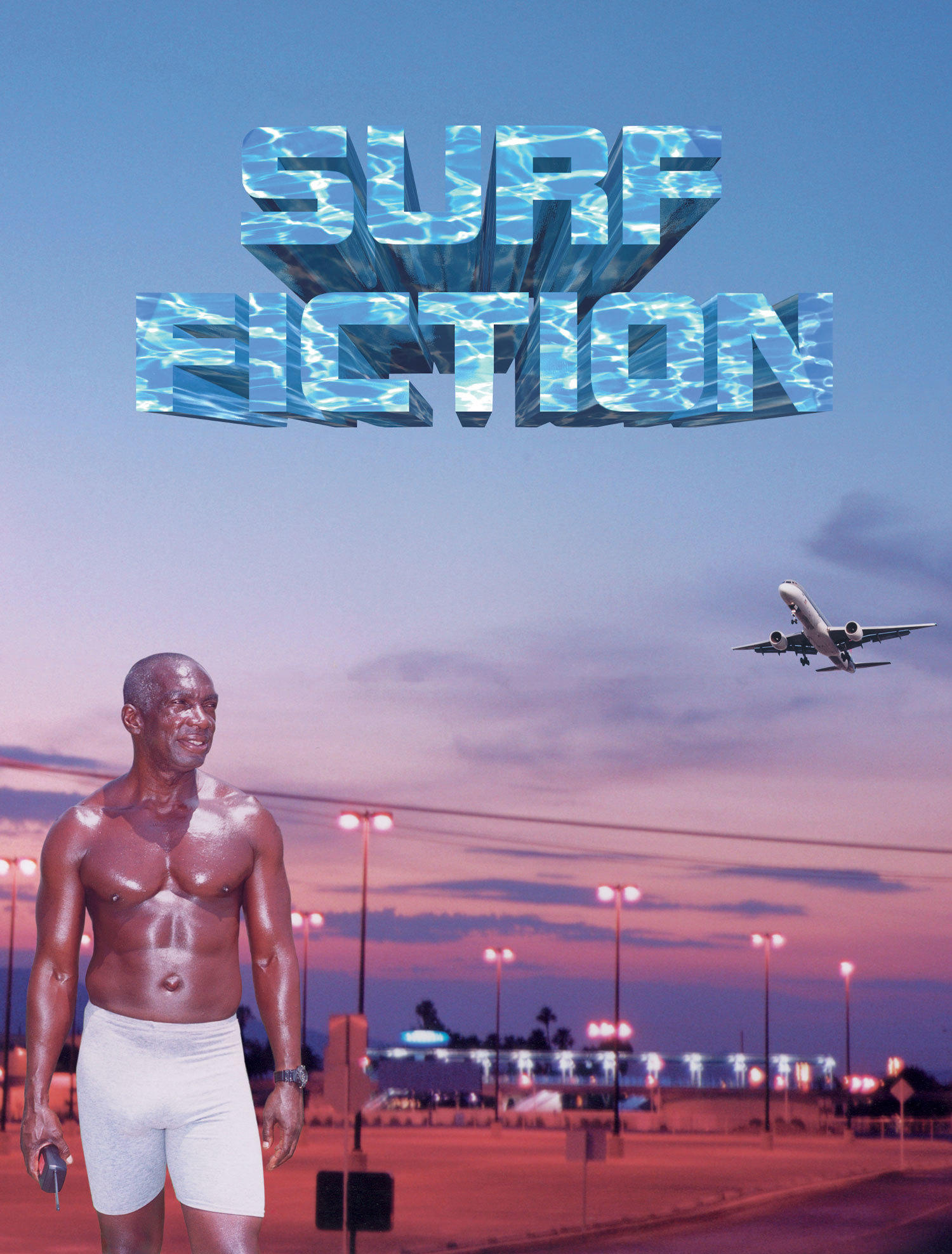
Credits
Text Felicity Kinsella
Photography Werner Amann
